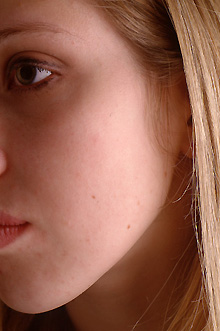
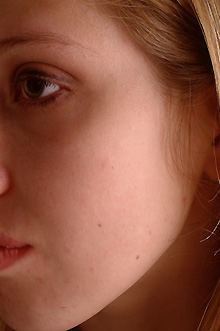
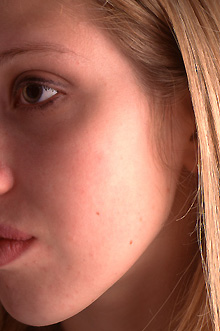
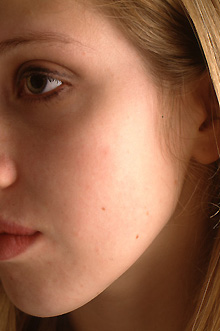
Over recent years, Kodak have been seen to come up with various strains of their long established colour positive material - Extachrome, and all it seems to compete for market share with the new and colourful Fuji brand. Those of us who have watched this progress, have in all honesty become a little sceptical and indeed cynical over yet another NEW version. First there were the EP's, then the major overreaction to Fuji's COLOUR - Panther, and now we are to believe that the new family of the 'E100', 'E100S' and the 'E100SW' are going to be vastly improved materials, with 'bright saturated colours', 'T- grain'technology giving a better 'blue response', 'fine grain' and 'very high sharpness', all adding up in Kodak's words to a 'greater visual snap'.
Well, depending on your'e preference for colour balance, whether your'e studio or location based, I'm here to tell you (as are the examples shown below) that Kodak have finally come up with a product that is not only flexible - (no appreciable lack of quality when pushed 2 stops, no reciprocity adjustments required down to 10 seconds), but one that actually for the first time adds up to something worth looking at!




Both E100S and E100SW were tested against their main competitors Agfa 100 RSX and Fuji PROVIA. The stock was all 35mm and each test was processed at exactly the same time, under identical conditions. The test was carried out on location in the City of Norwich, and also in the studio using one Courtney Flash and 'Softbox'. Perhaps the most surprising aspect of the test, was the fact that E100S was as neutral a material as one might reasonably expect to find. There was no descernable colour hue whatsoever - the tarmac roadway appears as a grey/black.
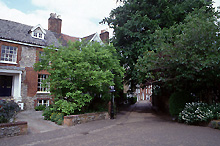
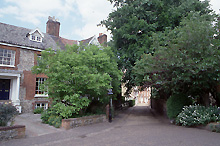
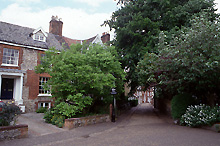
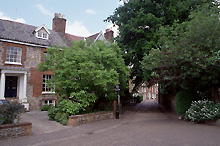
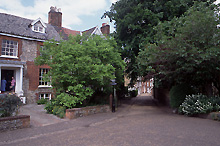
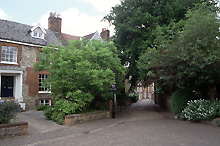
So at last, sceptics and cynics be relieved that this is where it's at - Kodak have finally (at the third time of asking!!) got it right. Oh, and by the way, storage performance is said to be 99 years - presumably they've got the tests to prove it!
David Gallant. June 1996. Return to Photon August 96 contents